
Hi guys, today I am in Seoul, Korea, it’s amazing but super cold outside—around -7 degrees! Staying warm in my room, I wanted to share with you three essential sketching techniques that will give your product sketches more visual impact. Whether you are a beginner or a seasoned designer, these tips will help your drawings communicate your ideas more powerfully.
3 Sketching Techniques to Make Your Product Designs More Impactful
Product design sketching is a crucial skill for designers to communicate ideas effectively and create visually striking concepts. In this tutorial, discover three essential sketching techniques that will make your product sketches stand out, capture attention, and convey your design vision clearly.
Technique 1: Use Bold Contour Lines to Define Product Shapes Clearly
One of the fundamental product design sketching techniques is using bold contour lines. These lines define your product’s shape and separate it from the background. Start with light sketching to capture the form, then reinforce the outer edges with thick, confident lines. Use thinner contour lines for interior details to maintain clarity and visual hierarchy.
Clear contour lines not only improve sketch readability but also give your products a professional look, essential for effective design communication and client presentations.
Technique 2: Add Shading and Shadows to Enhance Depth and Volume
Shading is a powerful sketching technique that adds three-dimensionality to your product designs. Identify the light source direction, then apply shadows to surfaces away from the light using hatching or dot patterns. This technique simulates volume and texture without overwhelming the sketch with details.
Effective shading helps viewers understand the product’s shape, surface materials, and ergonomics, making your design sketches more engaging and realistic.
Technique 3: Incorporate Dynamic Perspective Angles for Realism
Using dynamic perspectives such as one-point or two-point perspective is vital in product design sketching. Drawing your product from angled viewpoints reveals spatial relationships and dimensionality. Start with simple perspective grids to keep proportions accurate, then sketch your product with foreshortening techniques.
Product sketches with dynamic perspective are more appealing and help stakeholders visualize the product better in real-world contexts.
Why These Sketching Techniques Matter for Product Designers
Mastering contour lines, shading, and perspective will drastically improve your product sketches’ effectiveness. These techniques help communicate complex ideas quickly, increase visual interest, and demonstrate your design intent clearly.
Practicing them regularly will elevate your industrial design presentations and speed up your creative process, making your sketches impactful tools in the product development workflow.
Cheers,
Chou-Tac


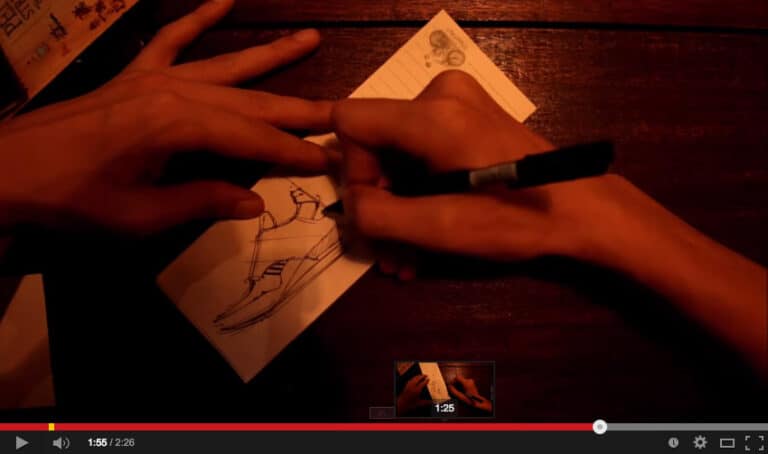
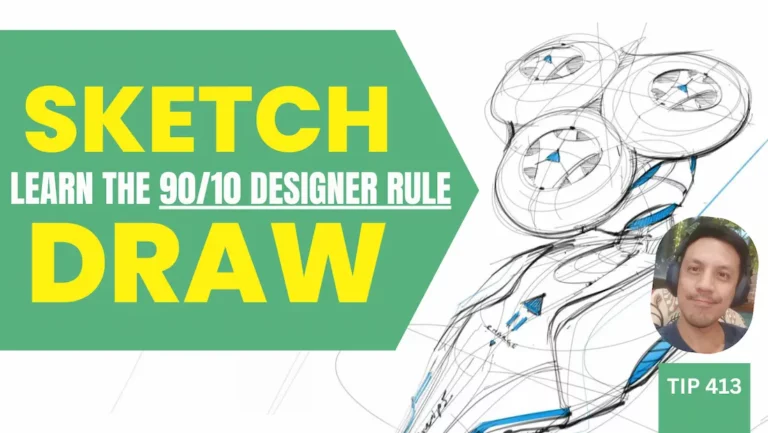






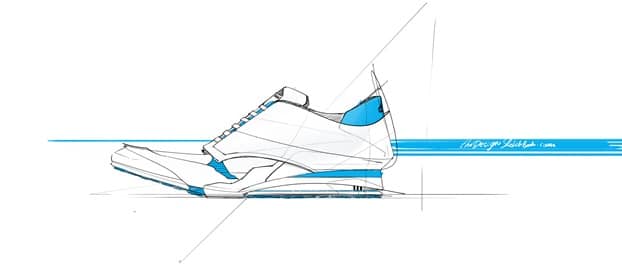
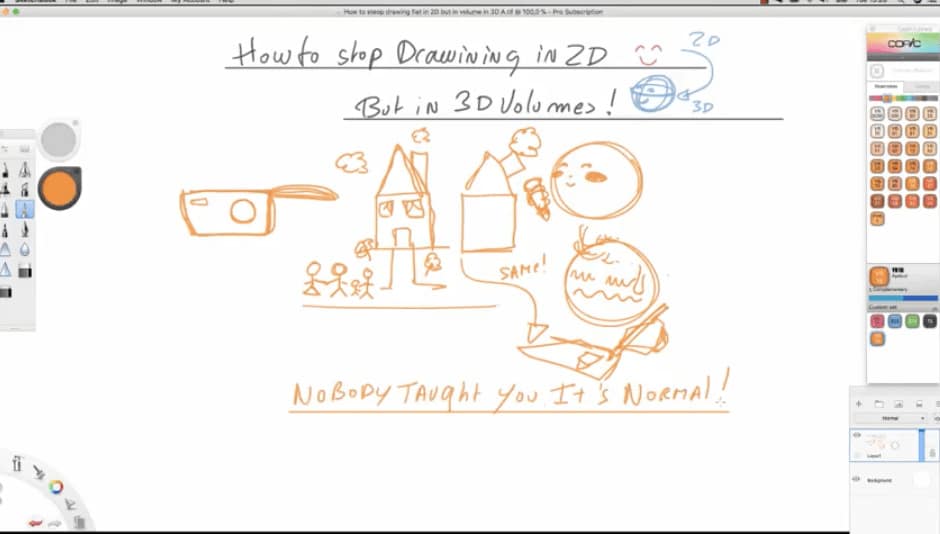
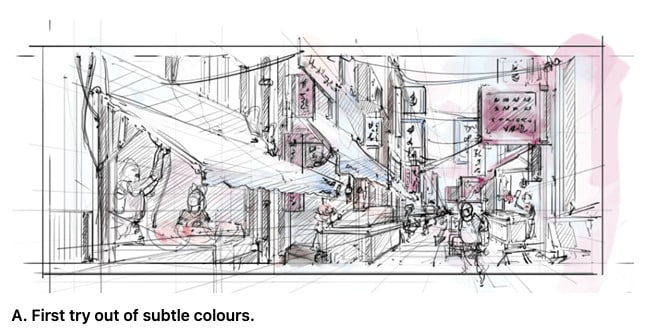

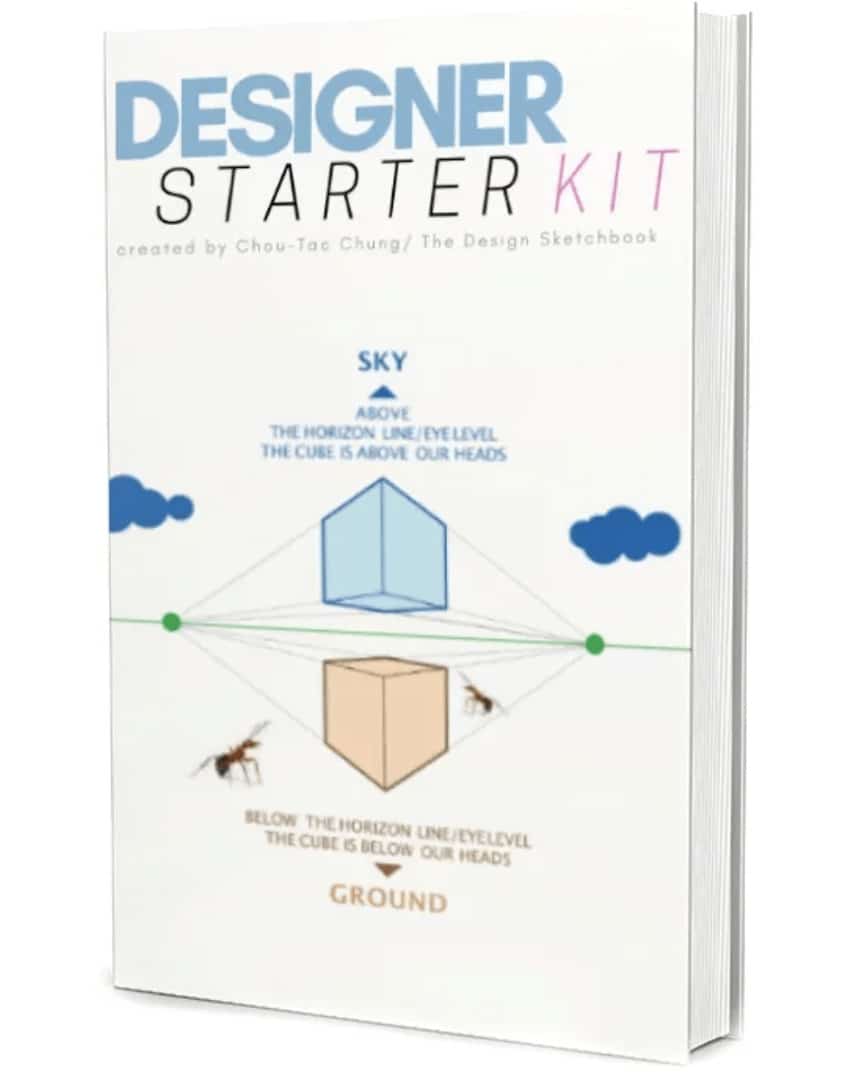


Hi, Chou… I’ve signed up to download two of your books (The Designer Starter Kits and The Designer Material Guide). But, I still don’t receive their download link. Would you mind to send me to my email? Thank you
Sent in your email 🙂
Thank you for your kindness. Wish the best for you 🙂